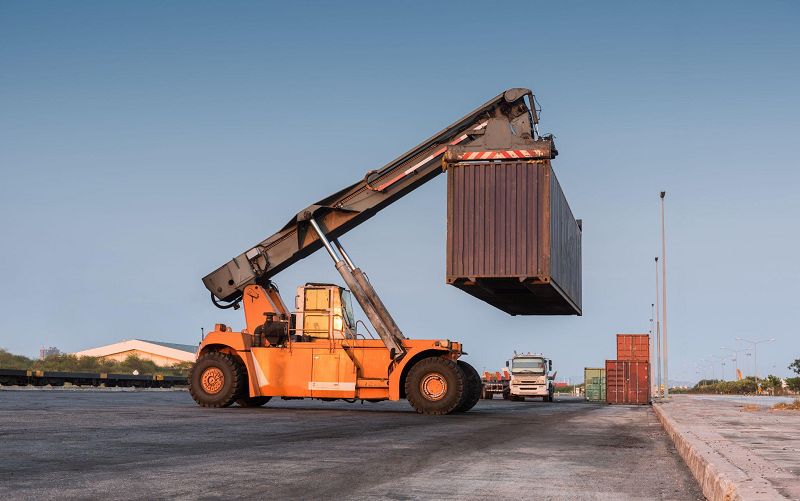
In the complex and dynamic world of industrial applications, the measurement of load force is a critical aspect that ensures the safety, efficiency, and longevity of various systems and components. Whether it’s in manufacturing, construction, automotive, or aerospace sectors, understanding how to accurately measure load force is paramount.
This comprehensive guide aims to shed light on the fundamental concepts, techniques, and tools used in measuring load force, catering to professionals and enthusiasts in the field.
Understanding Load Force Measurement
Load force, fundamentally, refers to the weight or tension exerted on a component or system. Measuring this force is essential for verifying structural integrity, ensuring safety, and optimising performance. The essence of load force measurement lies in its ability to convert a physical, mechanical force into a quantifiable, electrical signal that can be easily read and interpreted.
The Importance of Accurate Measurement
The accuracy of load force measurements can significantly impact the design, testing, and maintenance of machinery and structures. Precise measurements can help in:
- Design validation: Ensuring components meet the required specifications and safety standards.
- Performance optimisation: Enhancing efficiency and longevity by preventing overloads.
- Safety assurance: Preventing failures that could lead to accidents and costly downtimes.
- Quality control: Monitoring and maintaining consistency in product quality.
- Environmental sustainability: Reducing unnecessary energy consumption by minimising overload risks.
Techniques for Measuring Load Force
Strain Gauges
Strain gauges are widely used for measuring load force due to their accuracy, sensitivity, and ease of installation. These devices consist of a thin wire or metal foil
Key Technologies and Instruments
Several technologies and instruments are at the forefront of load force measurement, each with its specific application, advantages, and considerations.
Load Cells
Load cells are the cornerstone of load force measurement. These transducers convert a mechanical force into an electrical signal.
- Strain gauge: These use the principle of electrical resistance changing in proportion to the strain experienced by the conductive material.
- Hydraulic: Measure force through the change in pressure within a fluid-filled chamber.
- Pneumatic: Operate similarly to hydraulic cells but use air pressure to measure force.
- Capacitive: Measure the change in capacitance caused by the deformation of a sensing element under load.
Load Pins
Load pins, also known as load bolts or shackle pins, are common in industries where the tension force on rotating equipment needs to be measured. These specialised load cells have a hollow centre and can be installed in line with existing components.
Choosing the Right Load Cell and Load Pin
Selecting the appropriate load cell and load pin depends on several factors:
- Capacity: The maximum load the cell must measure.
- Accuracy: The degree of measurement precision required.
- Environment: Conditions such as temperature, humidity, and exposure to chemicals or vibrations.
- Size and shape: Physical constraints of the application area.
Other Measurement Instruments
Beyond load cells, other instruments like force gauges and pressure sensors play pivotal roles in specific applications. Force gauges are handheld devices used for simpler, less demanding measurements, while pressure sensors are essential in hydraulic and pneumatic systems.
Measurement Techniques and Best Practices
The effectiveness of load force measurement also hinges on the techniques employed and adherence to best practices.
Calibration and Maintenance
Regular calibration ensures that measurement instruments maintain their accuracy over time. Maintenance checks, including inspections for physical damage and performance tests, are crucial for reliable measurements.
Installation Considerations
Proper installation is key to accurate measurements. Factors to consider include:
- Alignment: Misalignment can introduce errors.
- Mounting surface: Must be flat and stable.
- Loading conditions: Ensure the force is applied uniformly and directly.
Data Acquisition and Analysis
Advanced data acquisition systems collect and analyse the electrical signals from the measurement devices. Software tools can interpret these signals, providing insights into load distribution, peak loads, and patterns over time.
Applications in Industry
In practice, load force measurement has a broad range of applications across various industries:
- Manufacturing: Monitoring press forces ensuring quality control in assembly processes.
- Construction: Testing structural integrity and load-bearing capacity of materials.
- Automotive: Engine testing, suspension system assessments.
- Aerospace: Wing and fuselage stress testing, landing gear performance evaluations.
Future Directions
The future of load force measurement is geared towards integration with the Internet of Things (IoT), artificial intelligence (AI), and machine learning (ML). These technologies promise enhanced predictive maintenance capabilities, real-time monitoring, and advanced analytics, leading to even greater efficiency, safety, and performance optimisation.
Conclusion
Understanding how to measure load force accurately is essential for the success and safety of a wide range of industrial applications. From the fundamental concepts of load force and the technologies used to measure it to best practices in implementation and the future directions of the field, it’s clear that precision in load force measurement is more than just a technical requirement—it’s a cornerstone of innovation and excellence in engineering.
Professionals in the field must stay abreast of the latest developments in measurement technologies and techniques. By leveraging the right tools and practices, industries can ensure the reliability and safety of their systems, paving the way for advancements and growth in an ever-evolving technological landscape. So, for all your load cell and load pin needs, consult Meltrons Australia.





